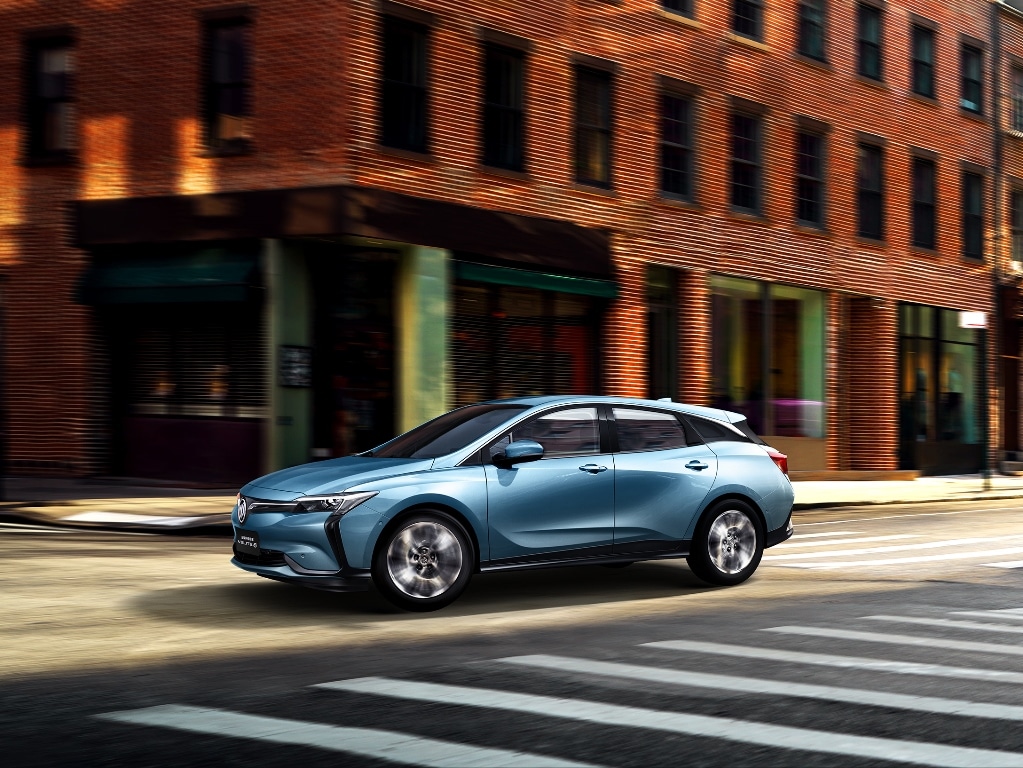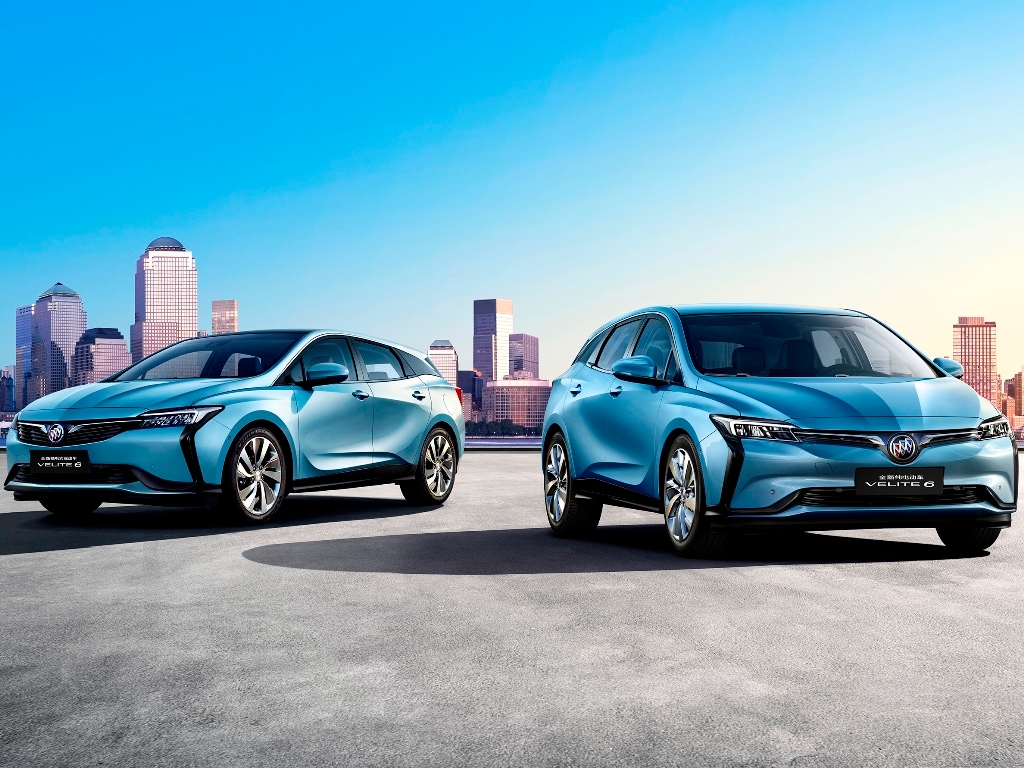Buick is carrying General Motors’ electrification effort to China with the Velite 6 hatchback which will initially be offered as a plug-in hybrid later this year and followed at a later date by a pure electric version. The vehicle is part of GM’s aggressive global strategy to roll out 20 new electric vehicles over the next six years and is one of two electrics promised by the auto giant in the next 18 months.
As part of its Buick Blue strategy, the Velite 6 focuses on electrification, connectivity, intelligence and sharing through its innovation application of technology. The Buick Velite 6 plug-in hybrid is powered by a 1.5-liter normally aspirated engine mated to two electric motors and an electronically controlled variable transmission. Buick says the vehicle has a range of about 430 miles.
China sourced battery pack
A new-generation modular high-performance lithium-ion battery pack will be manufactured at SAIC-GM Power Battery Development Center in Shanghai. GM says the battery features leading battery heat management technology, using liquid cooling to provide independent and uniform temperature control ensuring better performance and battery life.
Using a larger version of that battery pack, the all-electric Velite 6 electric incorporates the next generation of pure electric drive system which Buick believes will offer customers a smooth, quiet and natural driving experience.
In addition to the electric drive systems, Velite 6 will offer Buick eConnect technology with over-the-air update capability and apps that provide services ranging from OnStar to navigation. Buick says music and destinations can be sent to the car display screen via WeChat in real time, for one-button navigation and listening. Users can also directly receive information about their vehicles’ condition and recommended maintenance.
On the car sharing front, Velite 6 enables the users’ smartphones to serve as a virtual key to enter and start the vehicle. They can authorize others to use their vehicles through their phones as well.









